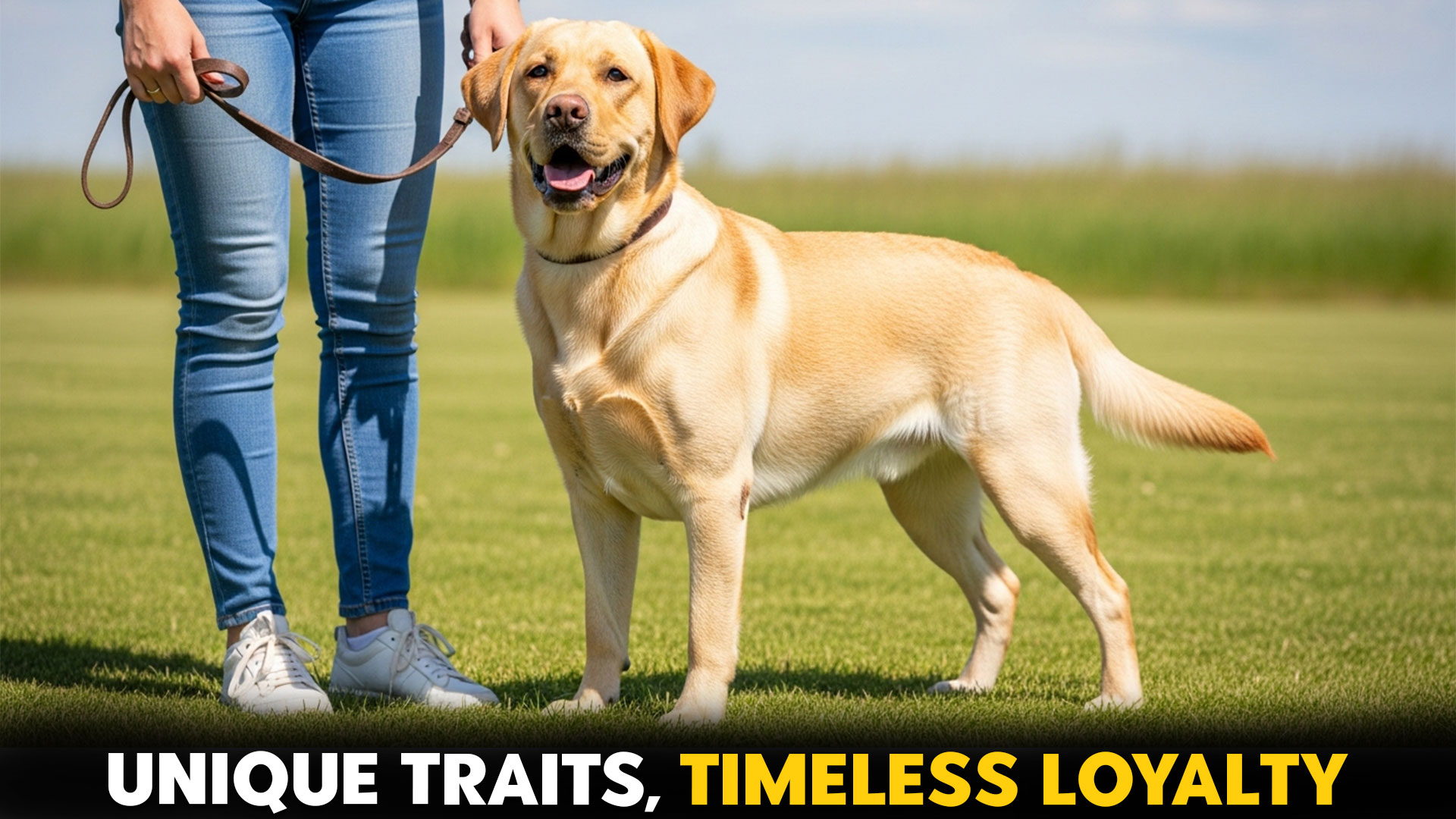Loyalty is a hallmark of the canine species, yet within the dog world, certain breeds stand out for their unwavering devotion. These aren’t just pets; they are steadfast companions whose commitment to their human families is palpable and often the central defining feature of their personality.
From the steadfast guardian to the dedicated shadow, the expression of this loyalty takes many fascinating forms.
What truly sets these breeds apart is the unique blend of a dog’s personality and inherent traits that accompany their faithfulness.
Understanding these specific breed characteristics—whether it’s the quiet reserve of a certain large breed or the boisterous affection of a small dog—is key to appreciating their loyalty.
Whether you seek an adventurous companion, a gentle family protector, or a reliable emotional support animal, there is a loyal breed whose distinct temperament and traits align perfectly with your lifestyle and needs, promising a deep and rewarding bond.
Loyal Dog Breeds With Unique Personalities and Traits
Explore the devoted hearts and distinct characteristics of the world’s most loyal dog breeds.
1. Akita
A Noble Beginning
The Akita breed traces its origins to the Akita prefecture of northern Japan in the early 1600s. Bred for hunting large game like wild boar, deer, and the formidable Yezo bear, the Akita’s power and stamina were prized traits.
A Symbol of Loyalty and Tradition
Akitas hold a deep connection to Japanese culture, often associated with good health and long life. The legendary Hachiko, an Akita who waited for his owner at a train station for nearly a decade, embodies the breed’s unwavering loyalty.
Independent, Yet Devoted
Known for their aloof and independent nature, Akitas are incredibly loyal to their families, though they may initially be reserved around strangers. They thrive in homes with experienced owners, ideally as the sole pet, due to their strong prey drive and protective instincts.
Training Challenges: A Will of Their Own
While Akitas are one of the smartest dog breeds, their independent streak can make training a challenge. Positive reinforcement and patience are essential to keep them engaged and focused.
They require firm, consistent guidance, especially when it comes to leash manners and interaction with other pets or children, making socialization a must.
2. German Shepherd
A Breed Born for Duty
The German Shepherd’s origins trace back to 1899 when Captain Max von Stephanitz sought to create a versatile working dog, according to Britannica. Inspired by a strong, energetic dog, he founded the Verein für Deutsche Schäferhunde, setting the foundation for what would become a globally renowned breed.
Intelligent and Protective
German Shepherds are highly intelligent and naturally protective, making them excellent working dogs. Whether in search and rescue, military, or as loyal family guard dogs, their fearless yet affectionate personality ensures they bond deeply with their family, offering loyalty and protection.
A Partner in Learning and Adventure
German Shepherds thrive in environments that challenge both their minds and bodies. Whether participating in Schutzhund, a sport involving obedience and protection, or tackling everyday tasks, they bring seriousness and determination to everything they do.
Training and Socialization: Key to Harmony
Training a German Shepherd requires consistency, patience, and positive reinforcement. These highly intelligent dogs love mental stimulation, so they’re best motivated by treats or toys. While they may not immediately warm to other dogs, proper socialization from a young age ensures they develop into well-rounded, obedient companions.
3. Labrador Retriever
A Legacy of Loyalty and Service
The Labrador Retriever hails from Newfoundland, where it was bred to assist fishermen by retrieving nets and lost lines in the 16th century, according to the AKC.
Named by the Earl of Malmesbury, the Labrador’s early roots in water-based work helped shape its energetic and eager-to-please nature.
Friendly and Eager to Please
Labradors are known for their friendly, outgoing nature and are incredibly loyal companions. With their strong bond to family, they excel in both physical and mental tasks, making them fantastic working dogs, service dogs, and energetic protective dogs. Their playful demeanor and eagerness to please make them easy to train.
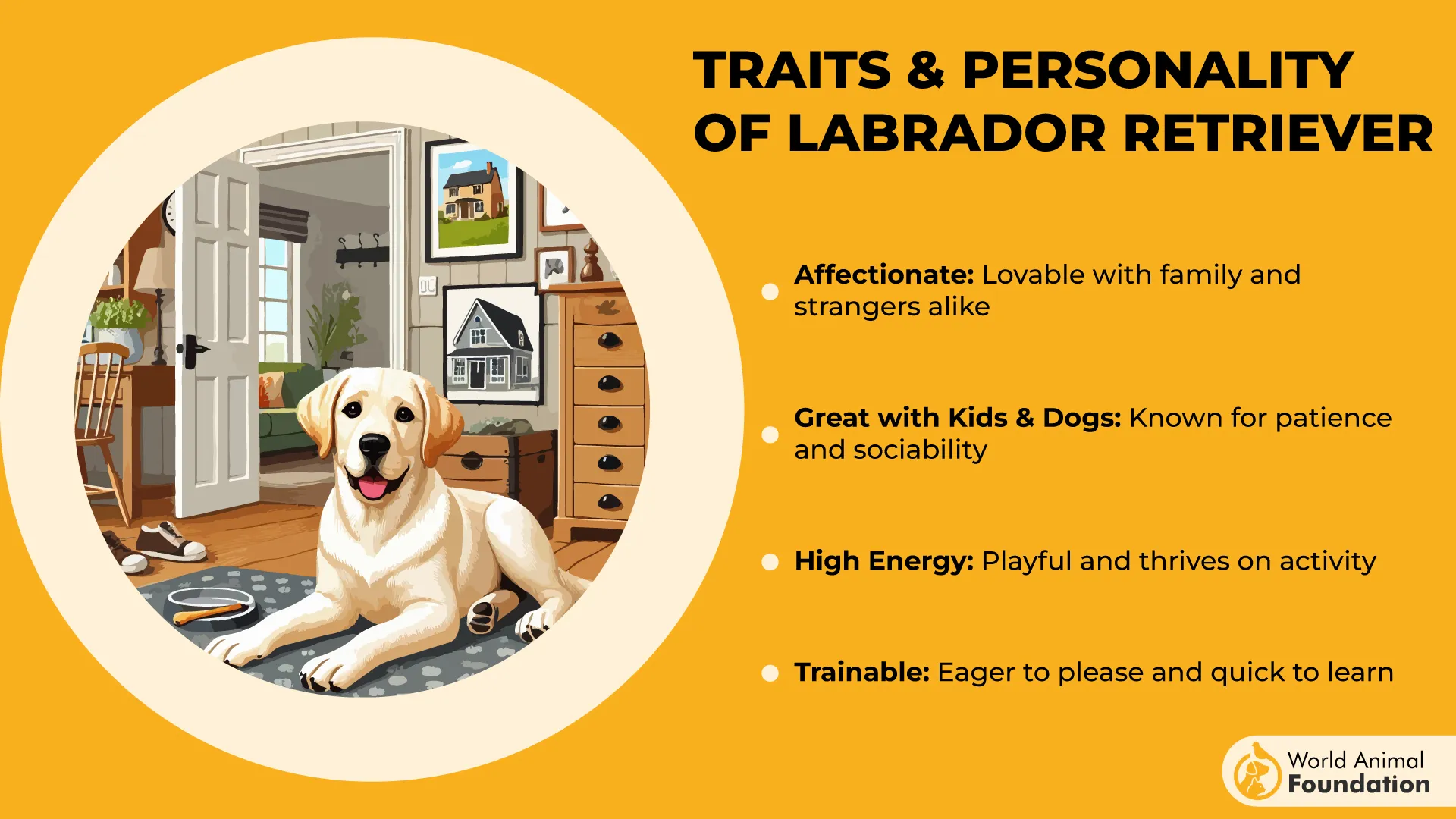
Energetic and Intelligent Athletes
Despite their easygoing demeanor, Labs are high-energy dogs that need mental and physical stimulation. Their love for activities and eagerness to please make them incredibly trainable, especially with positive reinforcement techniques.
Training and Care: A Tailored Approach
Training a Labrador is usually straightforward due to their obedience and intelligence. Reward-based techniques, such as treats and praise, work best. Regular grooming is enough to keep their coat in top shape, while their high energy requires daily exercise to stay healthy and happy.
4. Golden Retriever
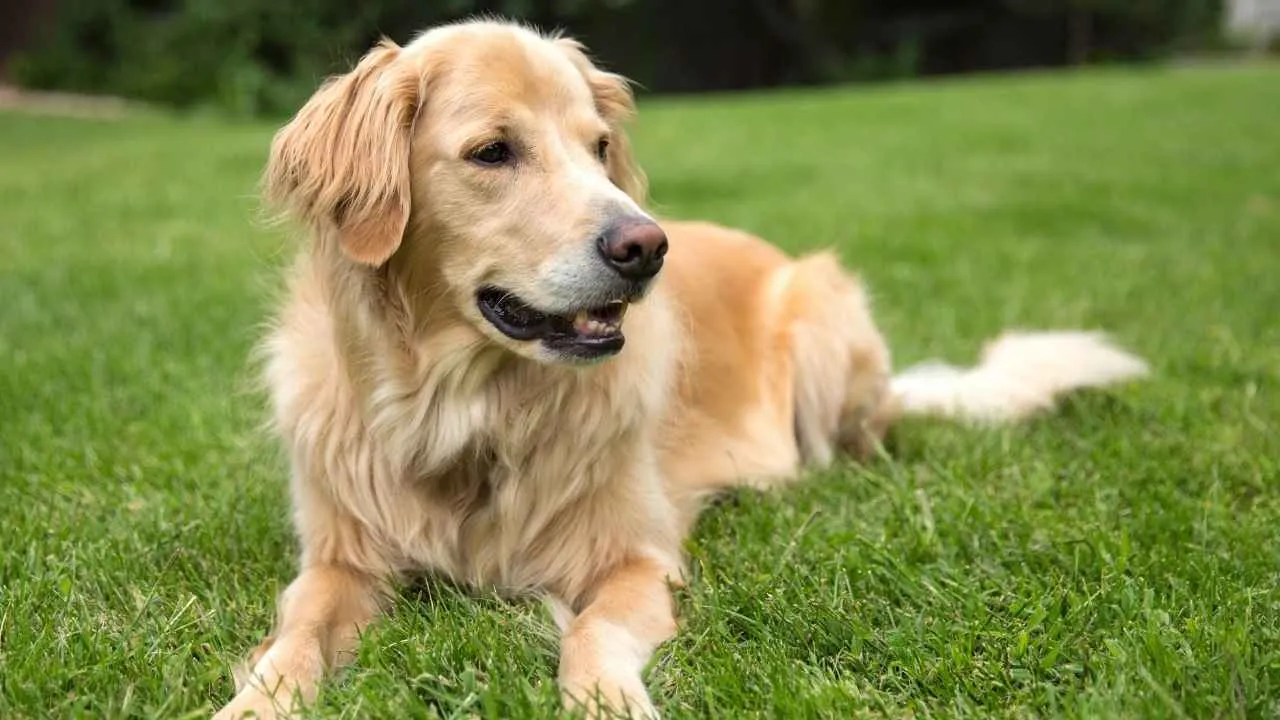
A Legacy of Hunting and Helping
Golden Retrievers were originally bred in 19th-century Scotland as water retrievers, assisting hunters in retrieving game birds. Over time, their friendly and eager-to-please nature also made them ideal service dogs, particularly as guide dogs for the blind.
Gentle and Affectionate Companion
Golden Retrievers are affectionate, friendly, and patient, making them one of the most popular dog breeds.
Their gentle temperament and high trainability make them outstanding service dogs, therapy dogs, and loving companions, always eager to please and interact with both family and strangers alike.
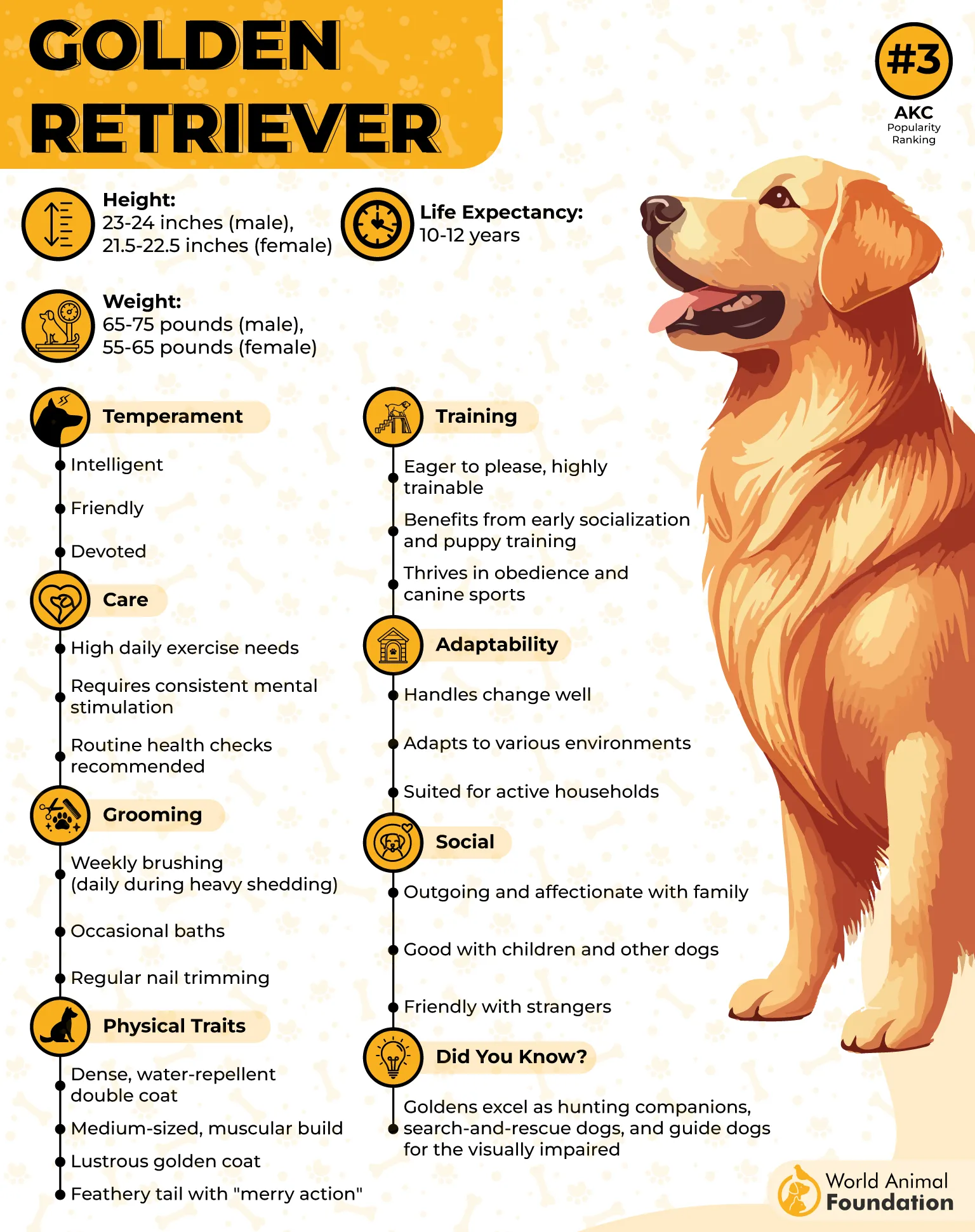
Energetic and Intelligent Playmates
Golden Retrievers are full of energy and require both physical and mental stimulation to stay happy. They thrive on activities like fetch, swimming, and agility training, but their intelligence means they need mental challenges too.
Without enough to do, they may start nibbling on furniture or getting into mischief—so keeping them engaged is key.
Training and Care: A Balanced Approach
Training a Golden Retriever is relatively easy due to their high intelligence and eagerness to please. Positive reinforcement, such as treats and praise, works wonders. Regular exercise and keeping an eye on their eating habits will help keep them happy and healthy.
5. Collie
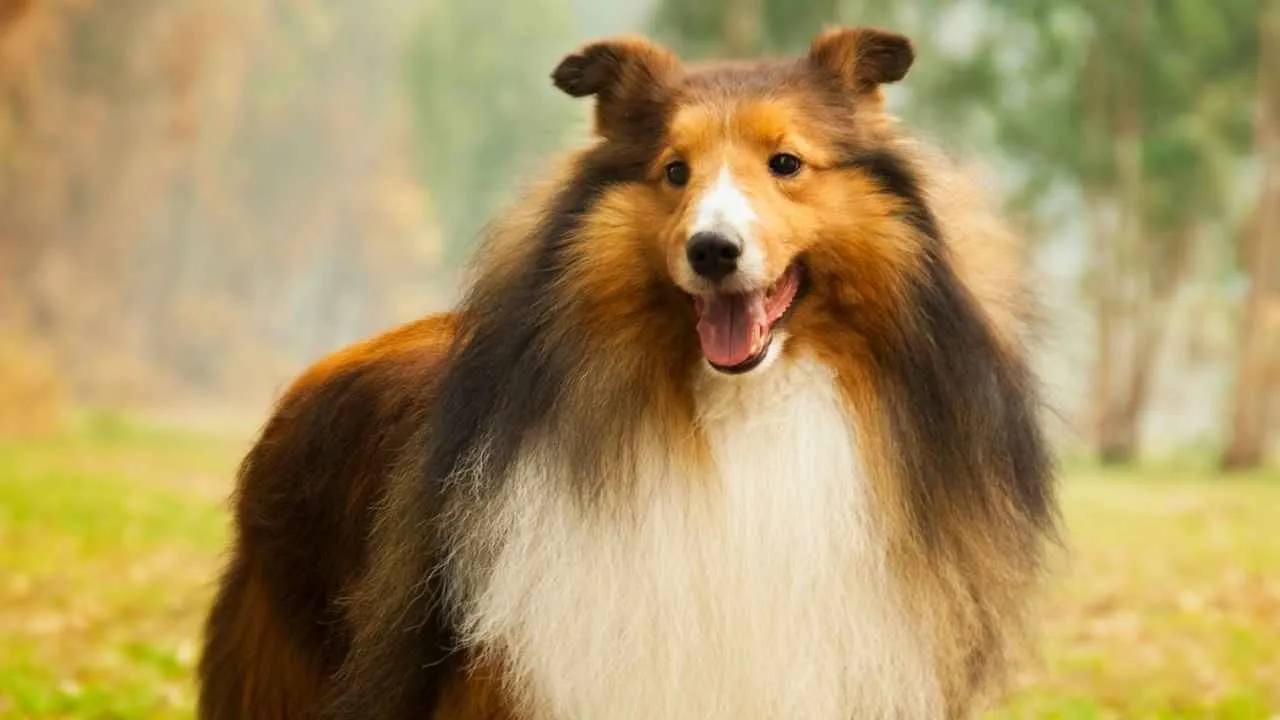
A Noble Heritage of Herding and Protection
The Collie is a classic herding dog, originally developed in 18th-century Great Britain to guard and herd sheep, as per PetMD.
With their striking appearance and elegant build, Collies became both reliable workers and beloved family pets.
Gentle and Loyal with a Strong Herding Instinct
Collies are known for their loyalty and affectionate nature, making them great companions for older children and adults.
While they’re typically good with other dogs, close supervision is important, especially in multi-pet households, to prevent herding behavior from becoming too overwhelming.
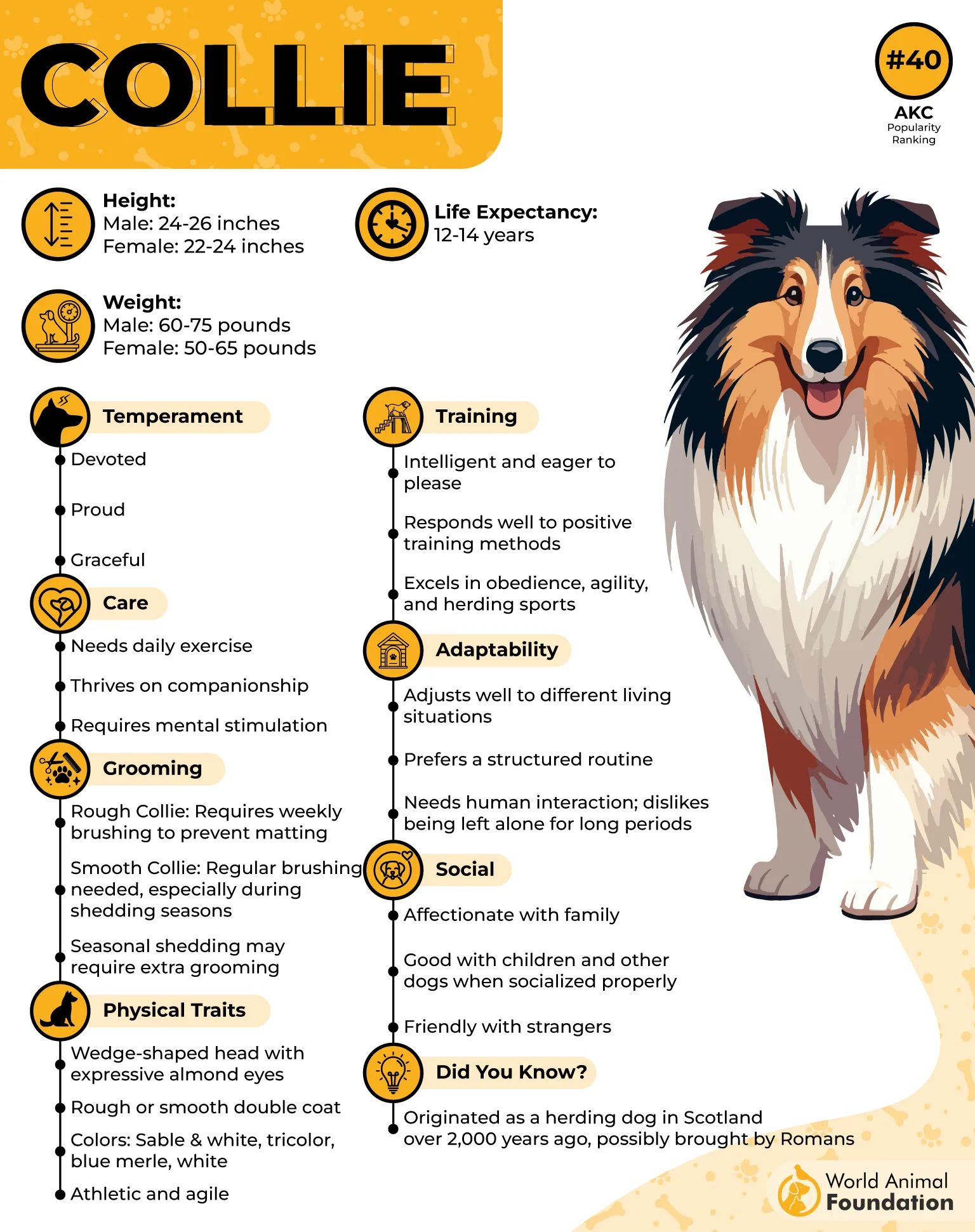
High-Energy and Intelligent
Collies are incredibly intelligent and full of energy, excelling in tasks that require both physical and mental stimulation.
Their eagerness to please makes them responsive to training, though they do best in homes where they have space to roam and engage in activities like herding or agility.
Managing Their Herding Instincts
Positive reinforcement works well for them, especially when introducing new commands or behaviors. However, their herding drive means they may nip at heels or “herd” children if not properly supervised, making primary socialization and clear boundaries essential for a well-adjusted Collie.
6. Rottweiler
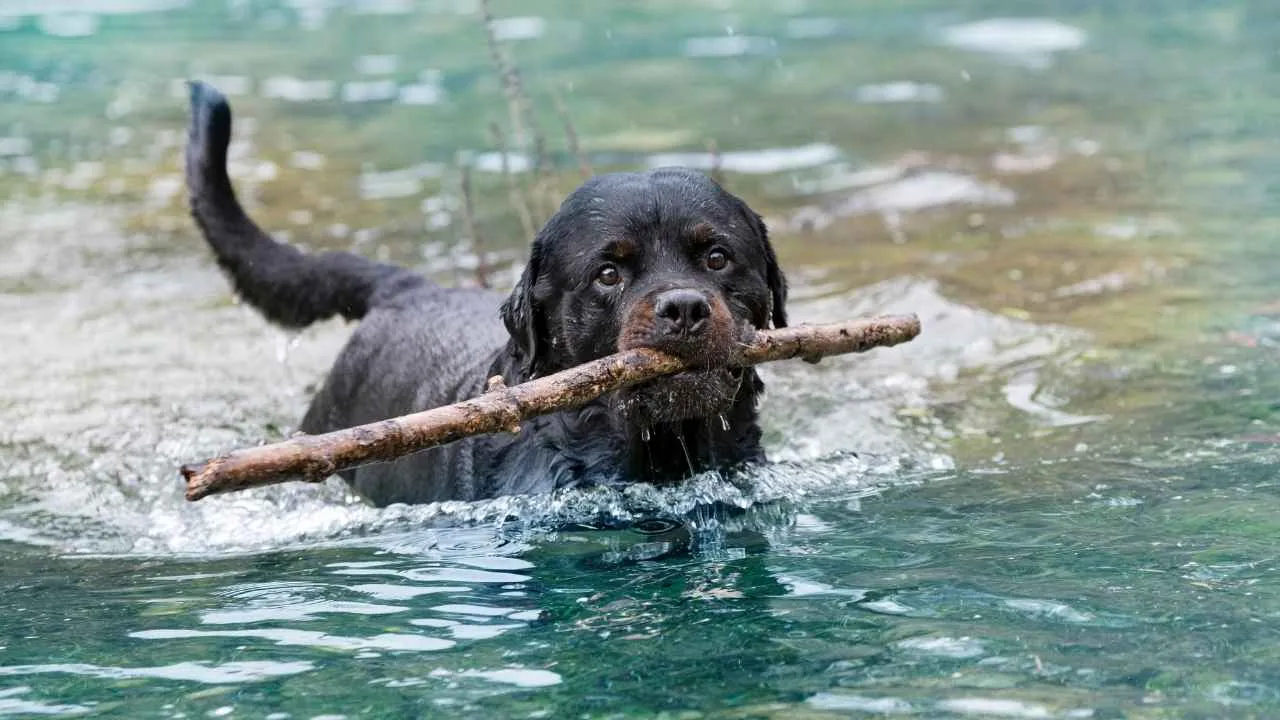
A Heritage of Protection and Power
Rottweilers are one of the oldest dog breeds, originally used by the Romans to drive cattle and protect their herds. Over time, this robust and powerful dog became a trusted guard dog.
Today, they are still prized for their guarding and security work, combining strength with a deep loyalty to their families.
Strong-Willed, Protective, and Socially Savvy
Rottweilers are known for their protective instincts, making them excellent family guardians. With proper socialization, they are friendly and affectionate towards their family and can coexist with other dogs.
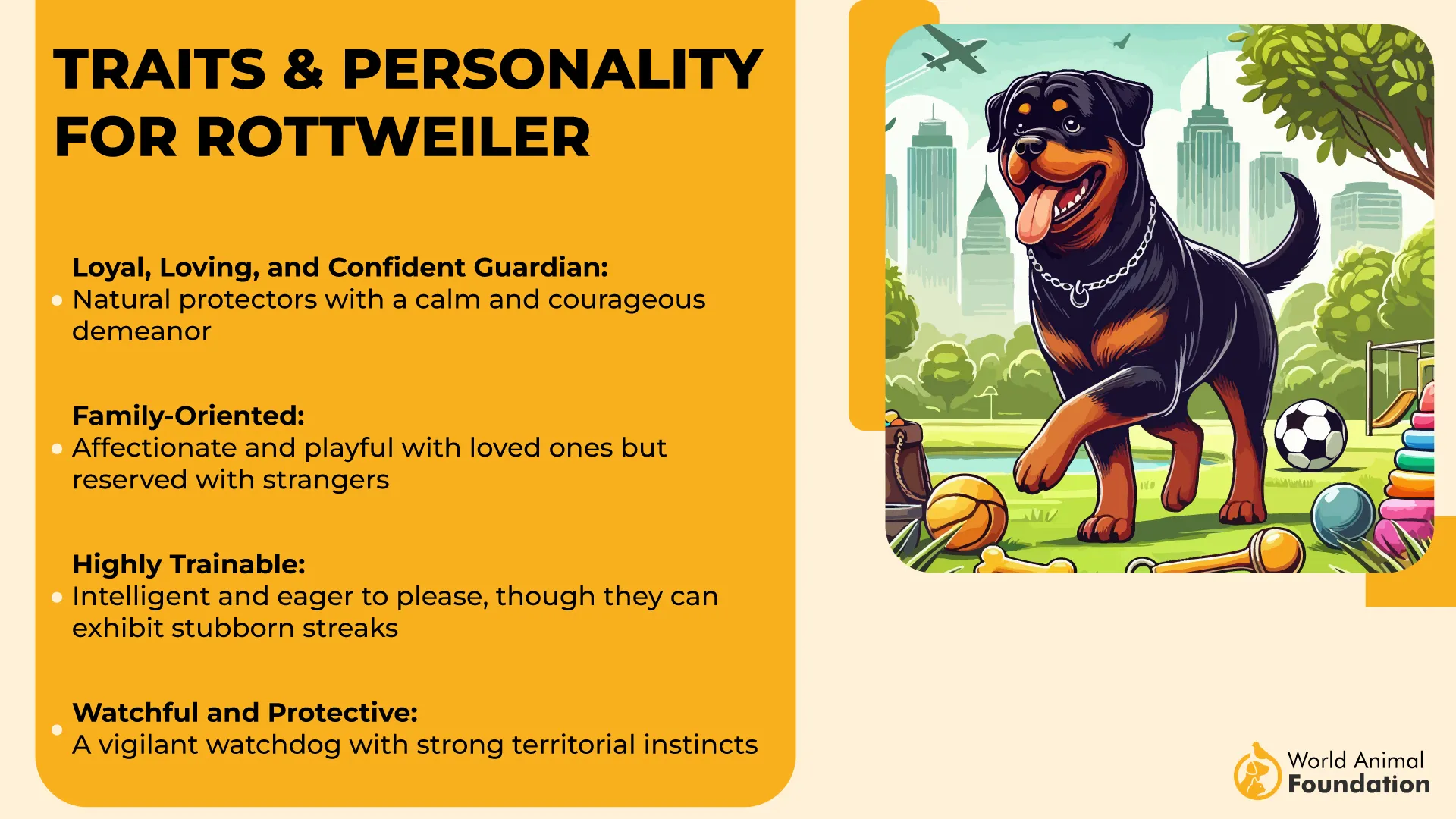
However, their dominant nature and natural guarding instinct mean they require firm, proper training and should be handled by experienced owners.
Energetic and Intelligent: The Need for Engagement
These intelligent dogs excel at learning, but their strong independent streak means they need a confident handler to guide them. Without enough physical and mental stimulation, they can become destructive or engage in nuisance behaviors like excessive barking or digging.
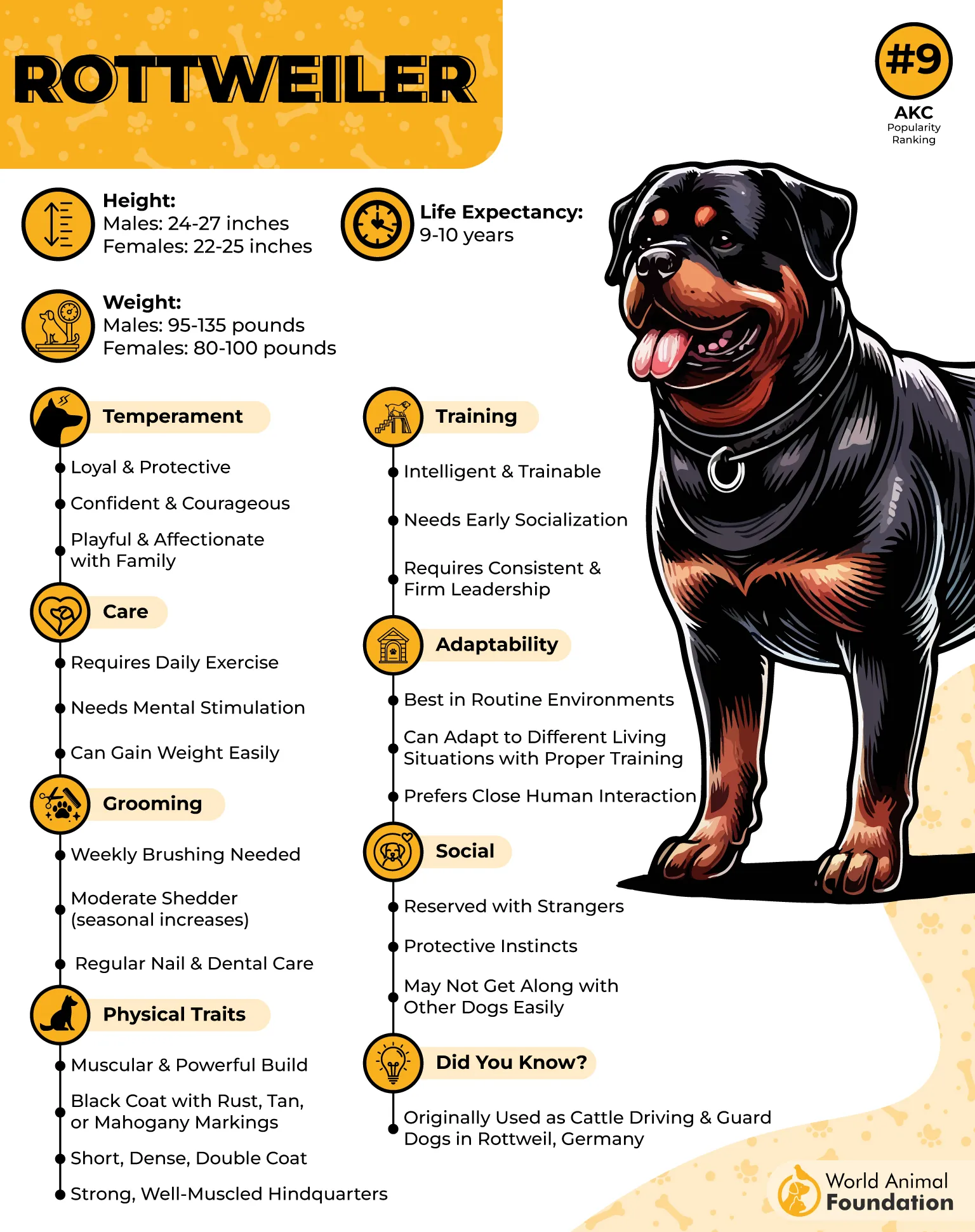
Training and Care: Establishing Boundaries Early
Rottweilers are an incredibly loyal dog breed and protective, but they require early and ongoing training to become well-rounded companions. A consistent routine, positive reinforcement, and plenty of exercise are essential to managing their size and energy.
7. Doberman Pinscher
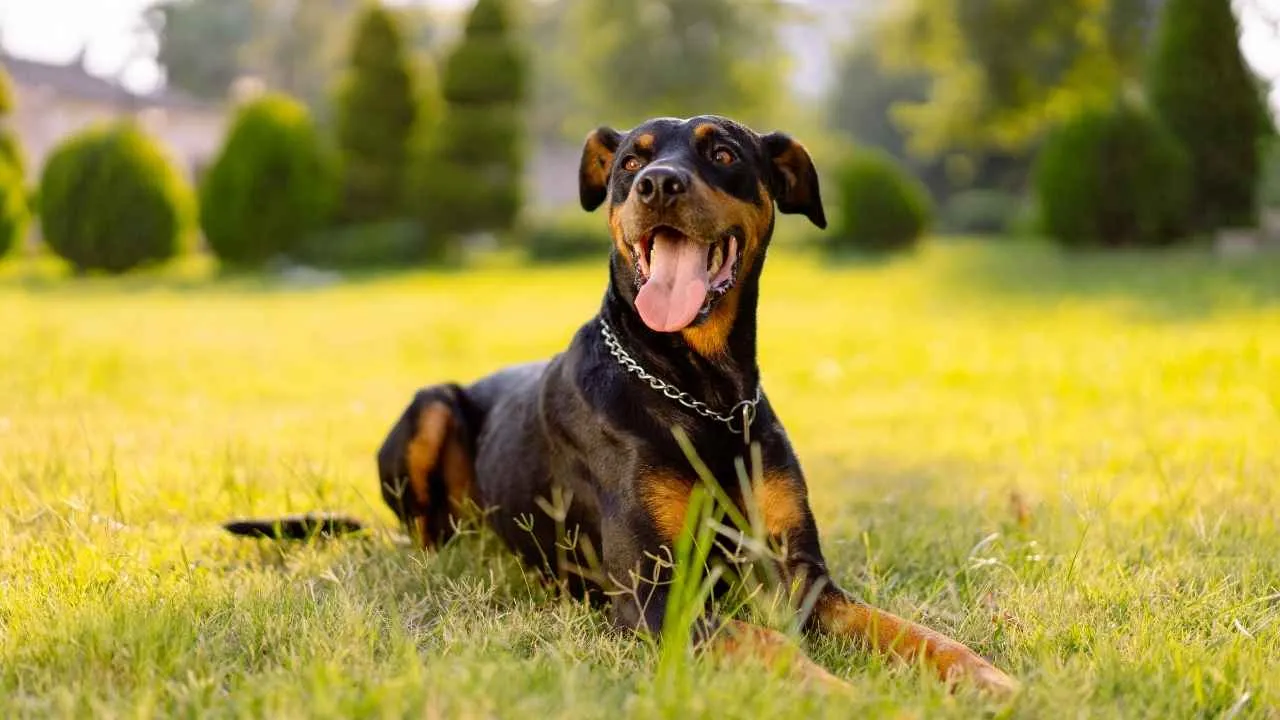
Noble Origins
The Doberman Pinscher was developed in the late 1800s by German tax collector Louis Dobermann. He bred the dog to serve as a fearless protector and companion, according to WebMD. The breed’s ancestry includes the Rottweiler, German Pinscher, and Manchester Terrier.
Athletic and Fearless
With a sleek, muscular build, Dobermans stand between 24 and 28 inches tall. Their strength, agility, and sharp instincts make them ideal for police, military, and security work. These dogs are known for their courage and alertness.
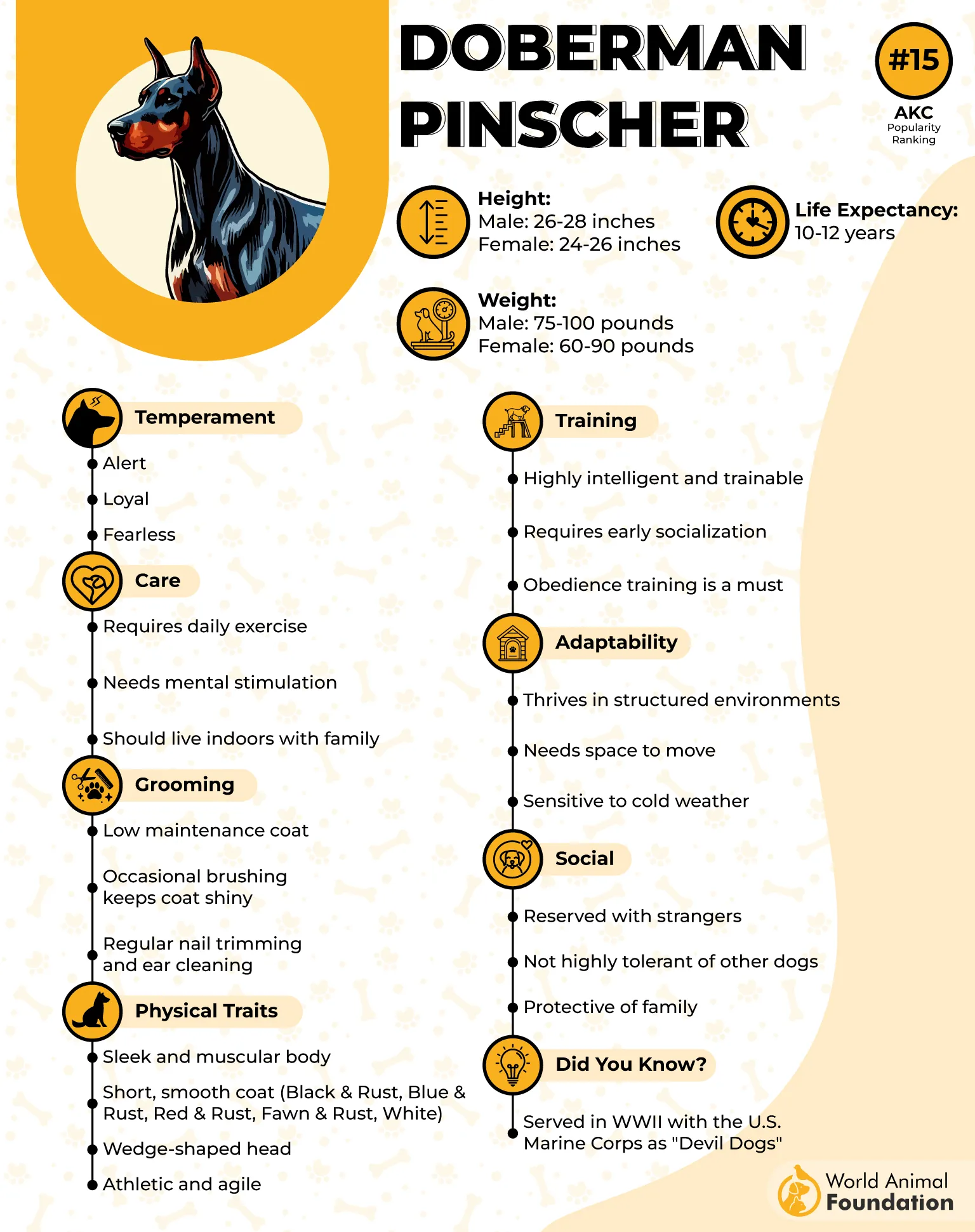
Intelligent and Energetic
Dobermans are highly intelligent and thrive on mental and physical challenges. They require continuous training and exercise to stay well-behaved. Without enough stimulation, they can become anxious or destructive.
Loyal and Protective
Dobermans are fiercely loyal to their families, making them excellent guardians. They are affectionate pups and devoted when properly socialized. However, they need experienced owners to manage their dominant nature and ensure proper training.
8. Boxer
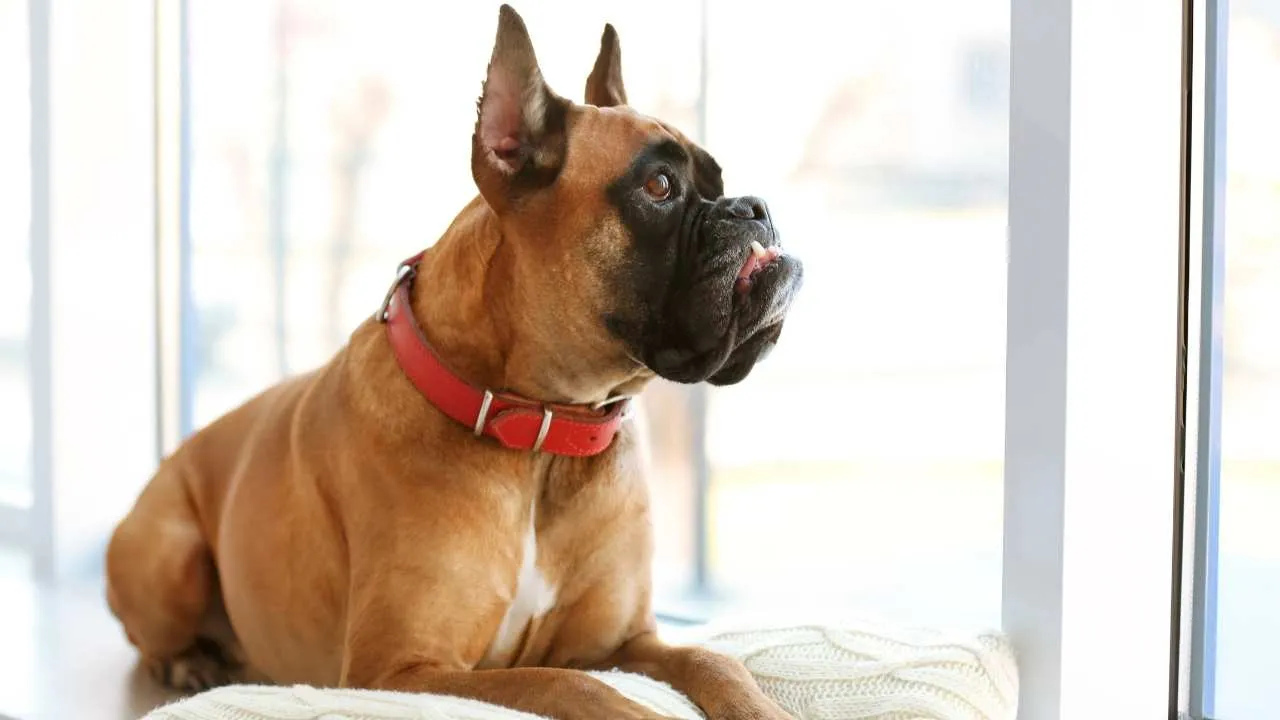
Ancient Lineage and Modern Origins
The Boxer’s ancestry traces back to the war dogs of the Assyrian empire, dating as far back as 2,500 B.C. The modern Boxer, however, was developed in Germany in the late 1800s, stemming from the Bullenbeisser, a large-game hunting dog.
Athletic Build and Playful Nature
With their square heads, broad chests, and compact frames, Boxers are powerful, energetic dogs. They enjoy staying busy and thrive in active environments, making them great companions for owners who can match their energy.
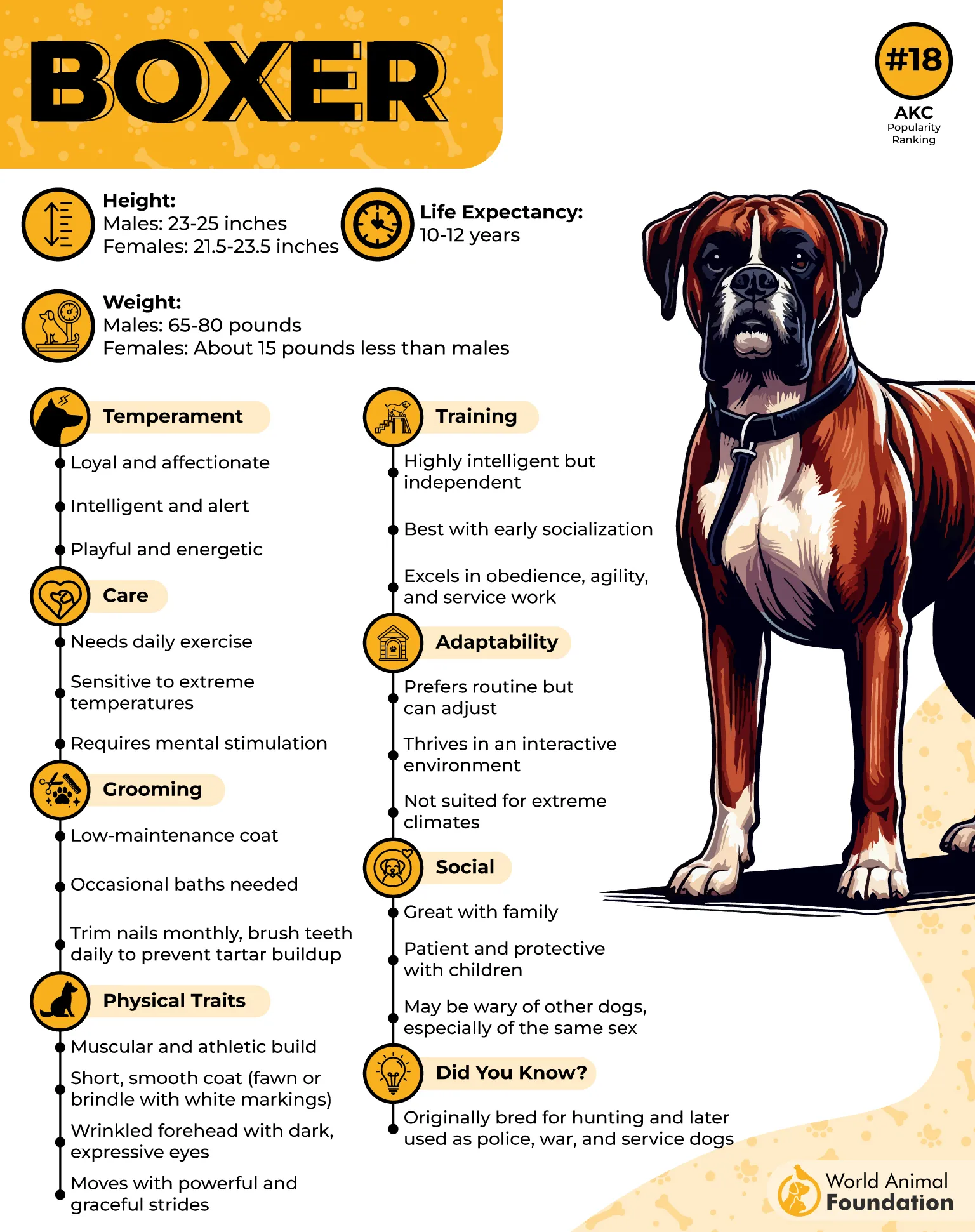
Loyal and Protective Companions
Boxers are known for their loyalty and affection toward their families. They are protective and will guard their homes with dedication. Despite being friendly, they are alert and will bark if something seems amiss, but excessive barking is uncommon.
Exercise Needs and Care
Boxers need regular exercise to stay happy and healthy. They enjoy both mental and physical stimulation, making them perfect for active families or individuals.
While they do well in various living situations, they are sensitive to both heat and cold. Their short coat is easy to maintain with regular brushing and good nutrition.
9. Saint Bernard
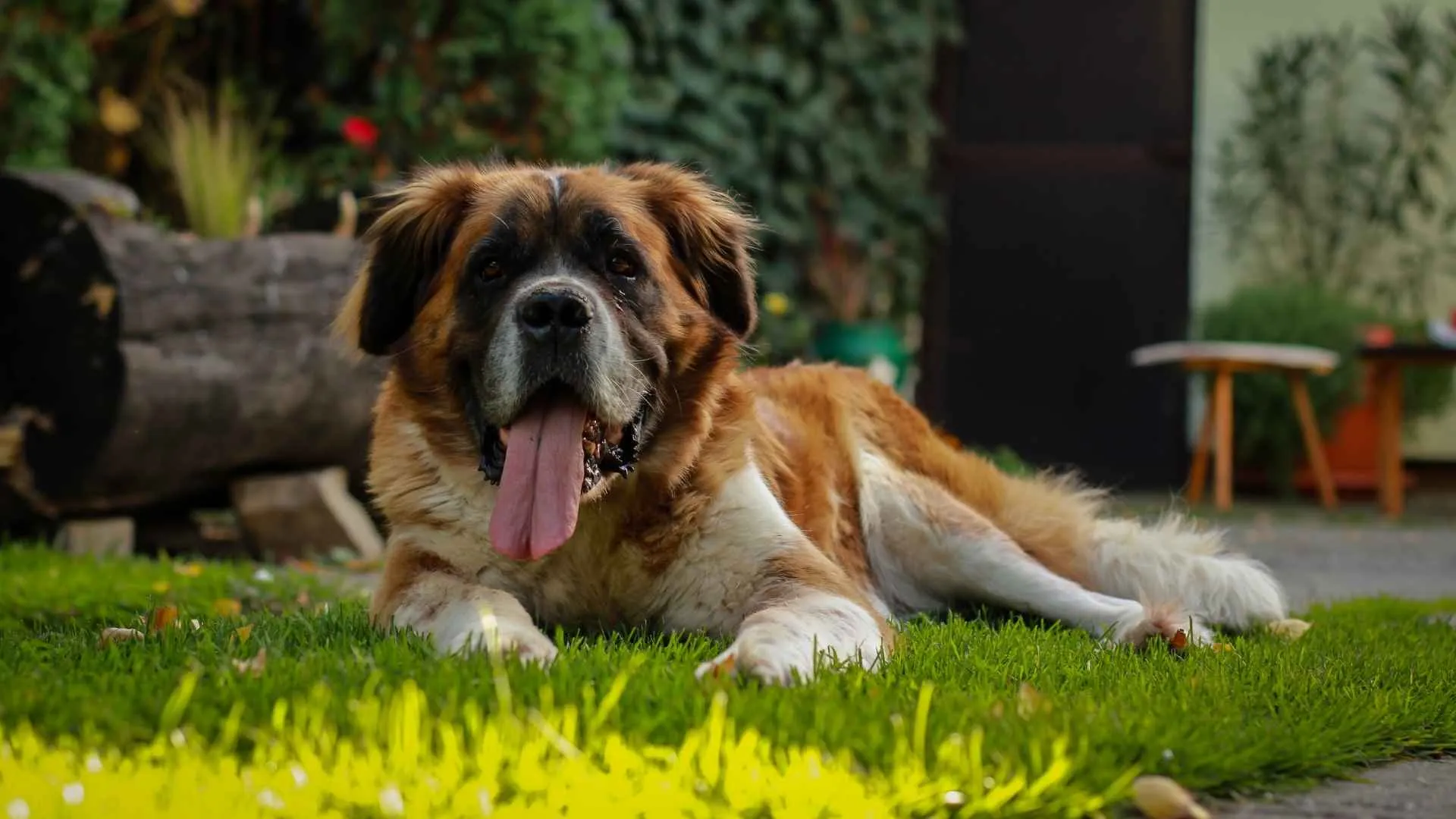
A Giant with a Heart of Gold
Saint Bernards were originally bred by monks in the 1600s to rescue people trapped by avalanches in the Swiss Alps, as per PDSA. While they are still used in search and rescue today, most Saint Bernards are now beloved family pets known for their gentle, affectionate nature.
Friendly and Calm Companions
Saint Bernards are known for their calm, friendly demeanor, making them great family dogs, especially around children.
Despite their large size, they are affectionate and love being around their family members. Their moderate energy level means they enjoy walks and hikes, but also love to relax at home.
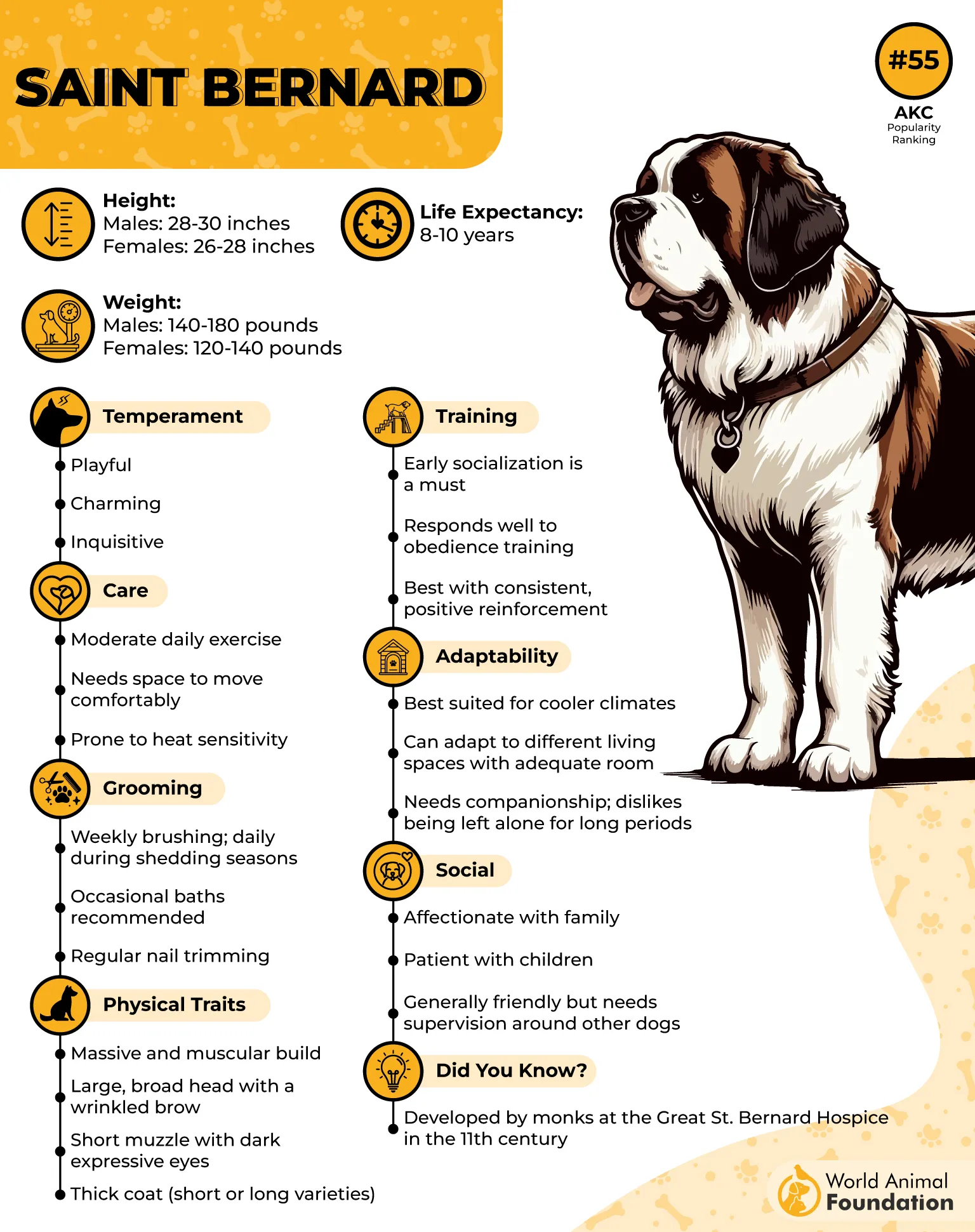
Training and Behavior
While Saint Bernards are intelligent and easy to train, their large size means they require socialization and training. They respond well to positive reinforcement and can be trained to interact calmly with children and other animals.
Caring for a Giant
Given their massive size, Saint Bernards need ample space and extra care when it comes to grooming and comfort. Their calm nature makes them great companions, but their size and strength require responsible management, especially around small children or the elderly.
Final Thoughts
Loyal dog breeds come in many shapes and sizes, each with unique personalities and traits that make them incredible family pets. Whether energetic or calm, these dogs form deep bonds with their human families, offering both affection and protection. Early socialization and consistent training help these loyal dogs develop into well-rounded companions, ready to provide comfort and love.
Some of the most loyal dog breeds are highly trainable, making them ideal for roles like service dogs or guard dogs. These companion breeds are protective, fiercely devoted to their families, and excel in tasks requiring mental stimulation. Others are more laid-back, forming close bonds with their owners and thriving in environments where they are treated as true family members.
From playful pups with high energy levels to calm, good-natured companions, these loyal dog breeds offer a wide range of qualities. With proper care, exercise, and training, they become loyal companions, forming strong bonds that last a lifetime. Whether you’re looking for a hunting dog, therapy dog, or simply a faithful family member, there is a loyal breed for everyone.


